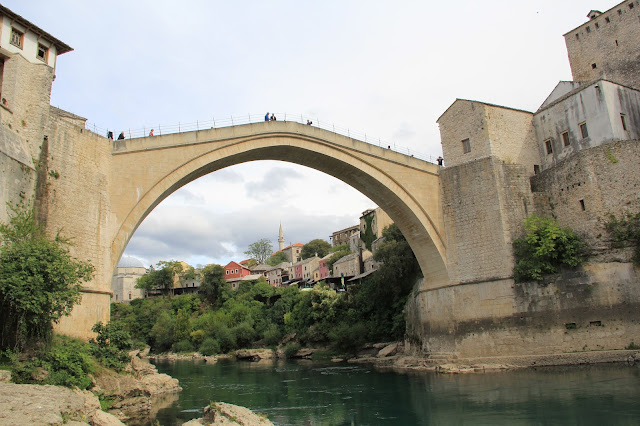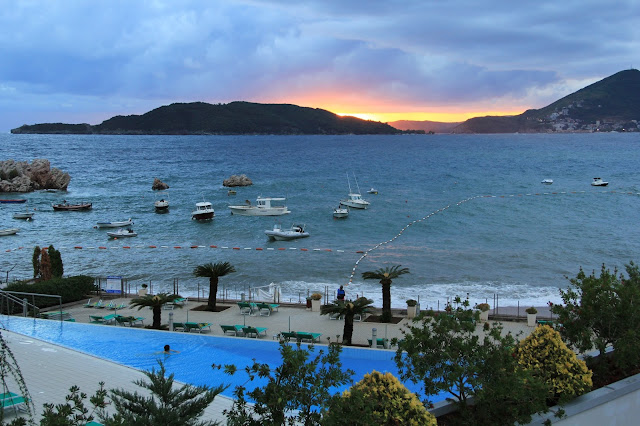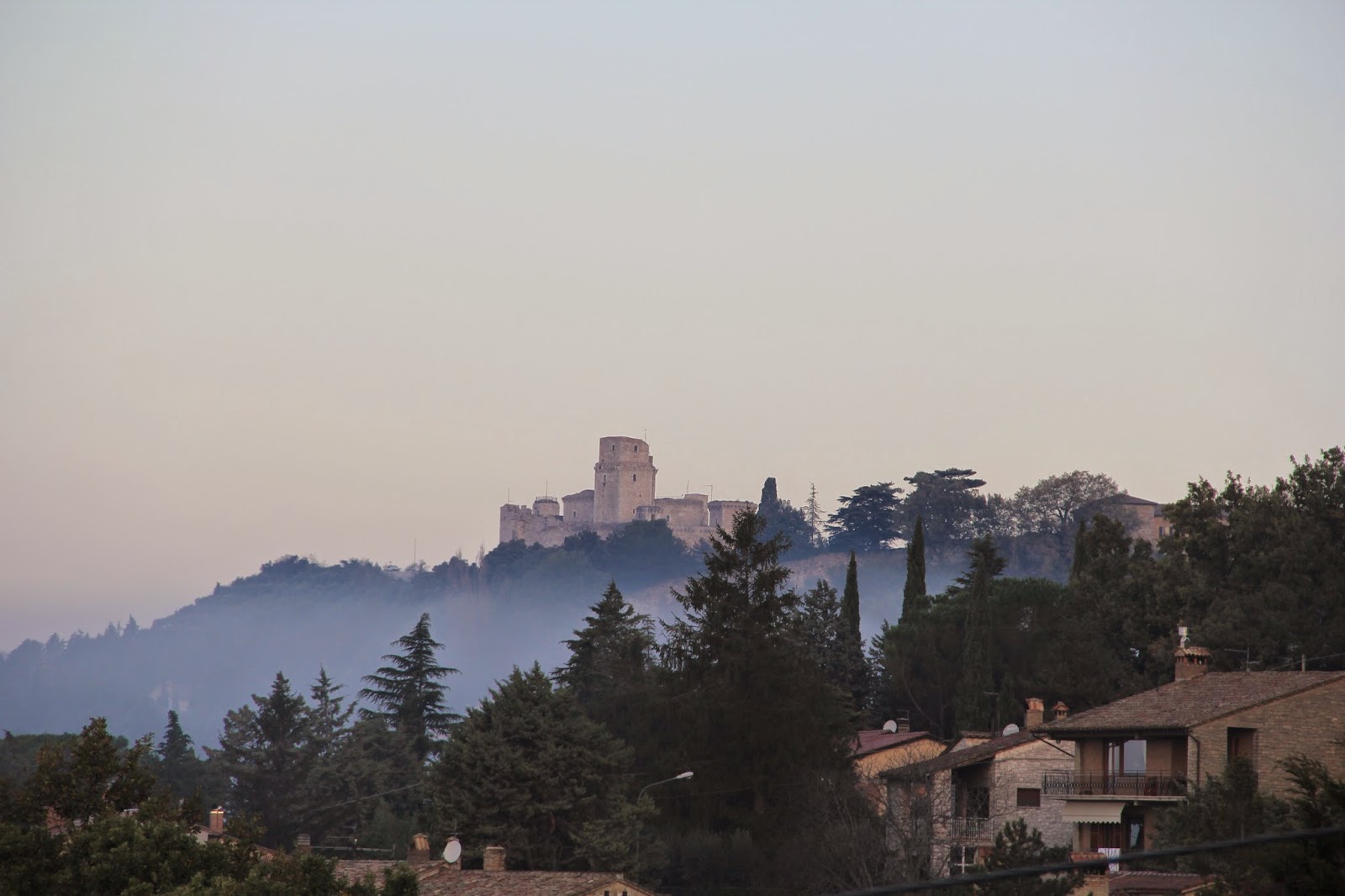Sri Lanka is an island in the Southern tip of the Indian Sub- continent. It was also known as Ceylon when it was under the British rule. Even though it is close to the Tropical, the oceanic climate enables rich collections of wildlife and flora flourish in the island. In the early trade between Europe, Mid-East and Asia, Ceylon provided many treasured commodities, such as gems and spices, to the West. Harry Williams wrote a book on Ceylon in 1950 and called it pearl of the East.
My wife and I made our first visit to Sri Lanka in March this year. Initially, we had reservation due to safety concerns. After thirty years of racial conflicts and civil wars, Sri Lanka had just put the Tamil separatists under control few years ago. Our trip turned out to be quite interesting and safe.
 |
| (Wild elephant in the Yala National Park) |
Majority of Sri Lankans are Buddhists, along with Hindus, Muslims and Christians. The island is getting crowded with local population over twenty millions. There are seven national parks in Sri Lanka to sustain its wildlife and flora.
 |
| (Monkey taking rest in the tree) |
 |
| (Male deer in the Horton Plains National Park) |
 |
| (Migrant birds resting in the wetland) |
We enjoyed watching many wildlife during our trip. The morning tour of the Yala National Park was the highlight. We saw not only elephants, deers, boars and many beautiful birds, there were footprints of jaguar.
 |
| (Wild boars with their little one) |
 |
| (Indian peacock) |
The British Empire had turned many of their colonies into plantations to provide required commodities for its global trade. Sri Lanka was famous for its tea - Ceylon tea. Many natural forest areas were converted into tea plantations in the central highland areas. This had caused soil erosions and depletion of wildlife and flora.
 |
| (Workers picking tea leaves in the plantation) |
At the same time, we noted that population pressure and economic development have put pressure on the national parks and wildlife.
There are cattle and buffalo farming on the national parks. The blooming tourist business leads to many hotel development projects in the natural forests.
































%2B374.JPG)






%2B068.JPG)











%2B170.JPG)

